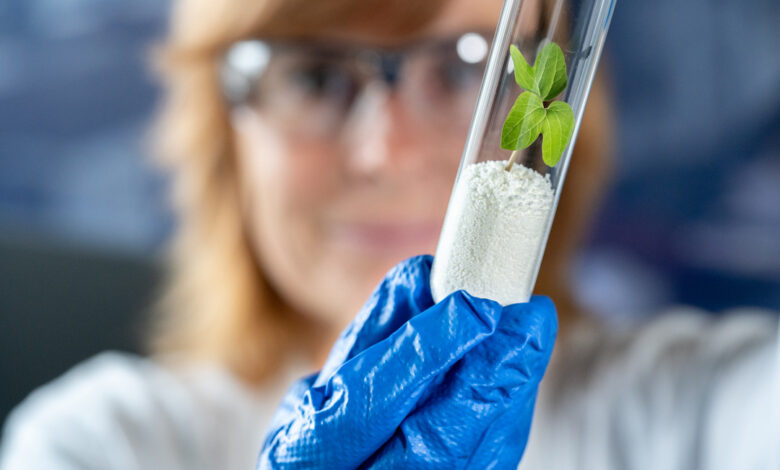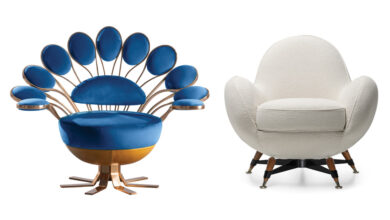Sustainable water treatment through renewable raw materials

- New weak acid cation and weak base anion exchange resins from the LANXESS Lewatit product range
- WAC resins with 90 percent renewable raw material
- Use for sustainable domestic and commercial water treatment
- Portfolio additions carry LANXESS’ sustainability umbrella brand Scopeblue
Mumbai, (Maharashtra) [India]: In addition to its conventional ion exchange resin portfolio made from fossil-based raw materials, specialty chemicals company LANXESS is now also offering products based on renewable raw materials following the mass balance approach. The new product family initially encompasses three weak acid and two weak base ion exchange resins.
LANXESS aims to make its entire supply chain climate-neutral by 2050. The switch to sustainable raw materials plays a central role in this. “With our new ion exchange resins based on sustainable raw materials, we are taking another step on this path. In addition, we are helping our customers to achieve their own climate targets,” says Bettina Blottko, head of the Liquid Purification Technologies business unit at LANXESS.
WAC resins carry Scopeblue sustainability umbrella brand
The three new weak acid cation (WAC) have a carbon footprint that is up to 67 percent smaller than conventional types and consist of more than 90 percent renewable raw materials. In accordance with the mass balance approach they are chemically identical to conventional products and are produced in the same plants using the same processes.
The new types now included in the Lewatit product portfolio are marketed under the LANXESS Scopeblue sustainability umbrella brand. It was created for products that either exhibit a renewable raw material content of more than 50 percent or offer a carbon footprint of less than half that of their conventional counterparts made from conventional raw materials. The new Scopeblue variants of the well-known products Lewatit S 8227, Lewatit S 8229 and Lewatit CNP P, which are used primarily for the partial softening of drinking water,
actually meet both criteria, as more than half of the dry mass of each of these acrylic resins originates from acrylonitrile, which can be obtained from tall oil through mass balancing. This by-product of pulp production is then converted to propylene and reacted with ammonia, which is formed through the reduction of atmospheric nitrogen with “green” hydrogen.
LANXESS has also recently started producing styrene-based weak base anion (WBA) exchange resins – Lewatit MP 62 WS and Lewatit S 4528 – based on sustainably produced styrene. These are used primarily in the treatment of wastewater and chemical process flows as well as in the food industry. Due to the more complex synthesis pathways, the percentage of conventional raw materials in the end product cannot be reduced to the same extent for these resins as it can for WAC resins. “Since every percentage increase in sustainability achieved and every ton of CO2 emissions saved are improvements, LANXESS is demonstrating that these resins, too, which bear ‘Eco’ in their name, were produced using sustainable, bio-based or recycled raw materials,” says Dr. Stefan Neufeind, head of Technical Marketing at the Liquid Purification Technologies business unit at LANXESS.
Mass balancing – transparent and certified
Renewable or waste-based raw materials are allocated to the corresponding quantities of sustainable products using the mass balancing method. To manufacture mass-balanced products, raw materials or precursors that are demonstrably sustainable in origin are deployed and allocated to selected products using a special accounting method. This allows renewable raw materials to be integrated in existing production and supply chains.
The production plant for the sustainably produced resins in Leverkusen and the mass-balanced products are independently certified beforehand. In the case of the ion exchange resins, certification according to ISCC PLUS (International Sustainability & Carbon Certification) demonstrates that the criteria for reliable balancing are met and correctly applied. Customers can therefore rest assured that the quantity of sustainable resins offered corresponds only to the equivalent volume of sustainable raw materials used.
Sustainable water treatment both in the home and commercially
An important area of application for WAC resins is cartridges for water filters, which are used mainly for creating partially softened water in the preparation of, for example, hot drinks such as coffee and tea. Filter systems like these are used both in the home and commercially.
The ion exchange resin accounts for by far the biggest proportion of the mass of these cartridges. The high level of sustainability of the Scopeblue resins therefore has a major impact on the sustainability performance of consumer-oriented end products such as the aforementioned cartridges. “The new exchange resins help our customers to achieve their own sustainability targets. In addition, this enhanced sustainability can be leveraged as a competitive advantage or advertised as added value,” says Neufeind.
LANXESS is planning to have further resins certified to ISCC PLUS and included in the Scopeblue/Eco product portfolio.






